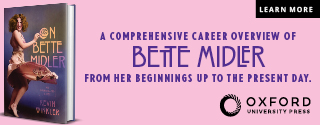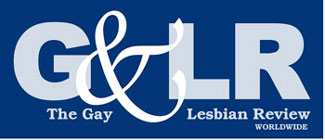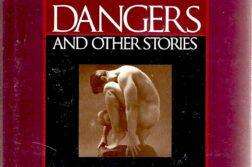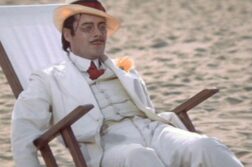THE MALE NUDE has been a staple of photography since shortly after the invention of cameras and film over a century and a half ago, although for much of that time it was an underground staple owing to various conservative, sexophobic and homophobic cultural forces unwilling to view it as anything but pornography. It has a long history as a form of high art, however, running at least from the work of German photographer Baron Wilhelm von Gloeden in Sicily and American artist Thomas Eakins at the turn of the last century to the likes of photographers Bruce Weber and John Dugdale today. To this list should be added the work of New York City-based photographer and sculptor Robert Irwin, whose photographic studies, mostly but not exclusively of men, are spectacular contributions to the art of the male nude. As one commentator put it when reviewing a 1999 show of Irwin’s photography in Costa Rica, his “style places his images in a surreal atmosphere that rejects the borders of realism, which until now have been a limitation of the typical male nude image, by proposing a creative new twist.”
That “twist” involves Irwin’s use of time-lapse photography and manipulation of the photographic emulsion in the development of the film to produce portraits that intersect with several artistic genres: most obviously physique photography, but also sculpture, choreography, mime, impressionist painting, and even in a way cubism. They introduce movement and three dimensions into what most people would consider a static, two-dimensional framework. And they record some elemental emotions that one might think are altogether outside the range of what is essentially studio photography.






